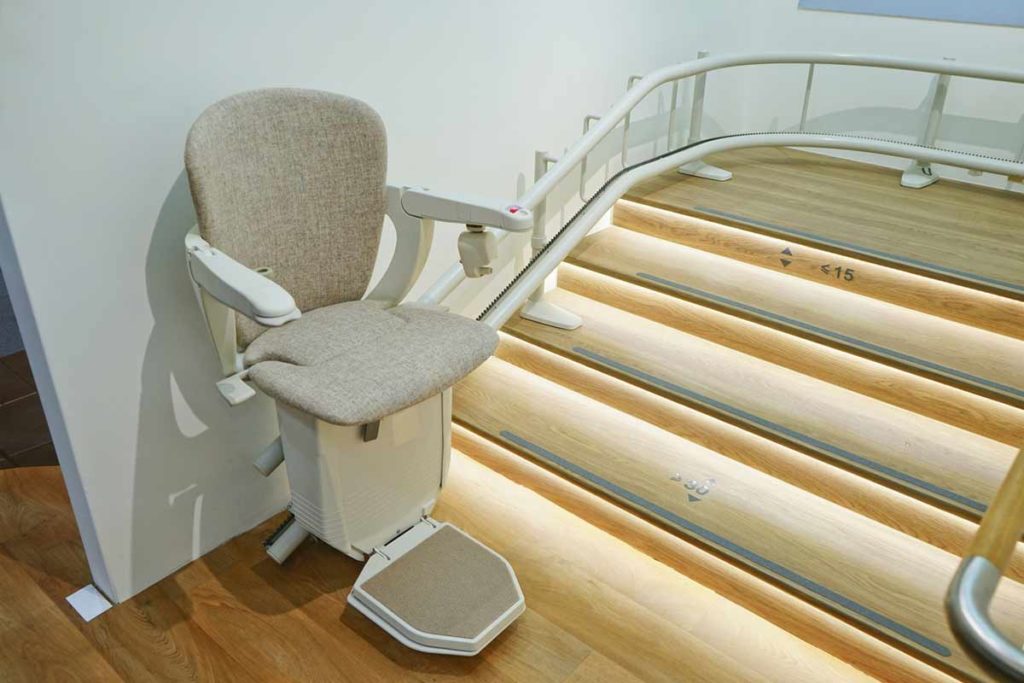Like with platform lifts and stairlifts, residential home elevators are a perfect fit in contemporary houses; they increase the worth of a home while at the same time easing the mobility of the seniors. Additionally, these units are noiseless, convenient and easy to use.
Residential home elevators increase the worth of a home while at the same time easing the mobility of the seniors.
The use of these wonderful technological inventions is, however, not limited to house interiors. They can also be installed in home exteriors.
Benefits of Residential Elevators
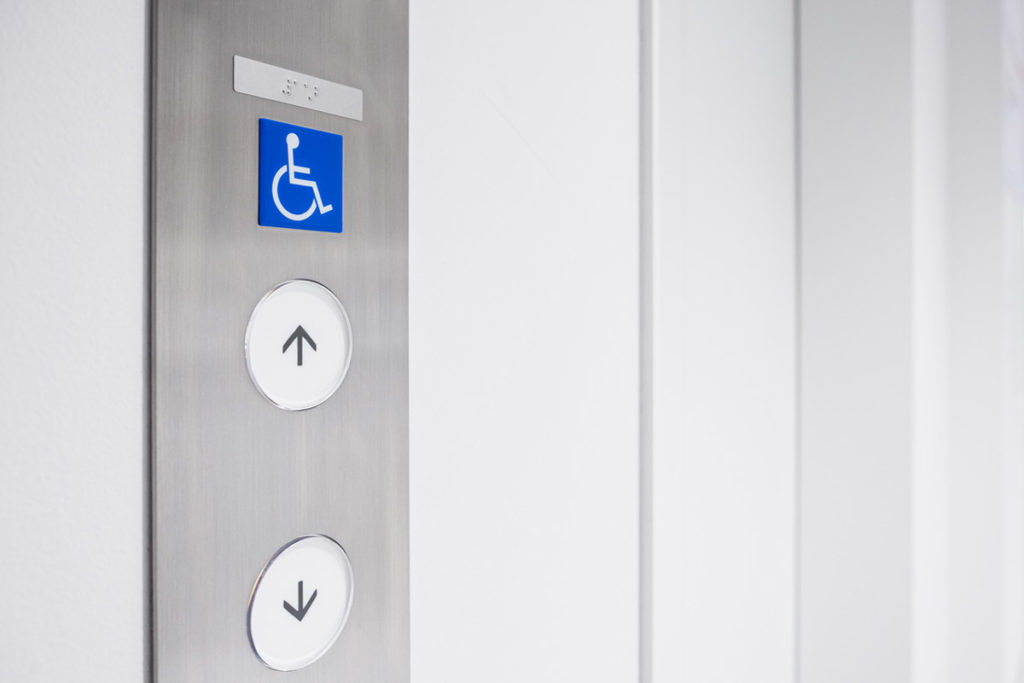
Residential Elevators Are A Safe And Healthy Option
Inside elevators are additional safety equipment like power backup facilities, telephones, door interlock systems, control-by-touch system, cable security equipment, and emergency stops with alarms. The above devices help to make sure that our seniors get the help they require in case of emergencies.
We know that carrying bulky items like furniture is not healthy for our seniors. Going up the stairs can be equally strenuous. Residential elevators help to ease this tedious burden.
Sensitive To The Needs Of Senior Citizens
Most residential elevators are custom-made. They are specially designed to suit the varying needs of those that are advanced in age. Some brands are fitted with gearless motors that ensure a ride that is nothing short of smooth and comfortable.
Improve One’s Home Appeal
As previously stated, home elevators improve the curb appeal of a property. They blend in perfectly with new or already existing homes.
Additionally, it is possible to customize the elevator panels, and lighting to complement the interior décor of one’s residence.
Factors to Consider
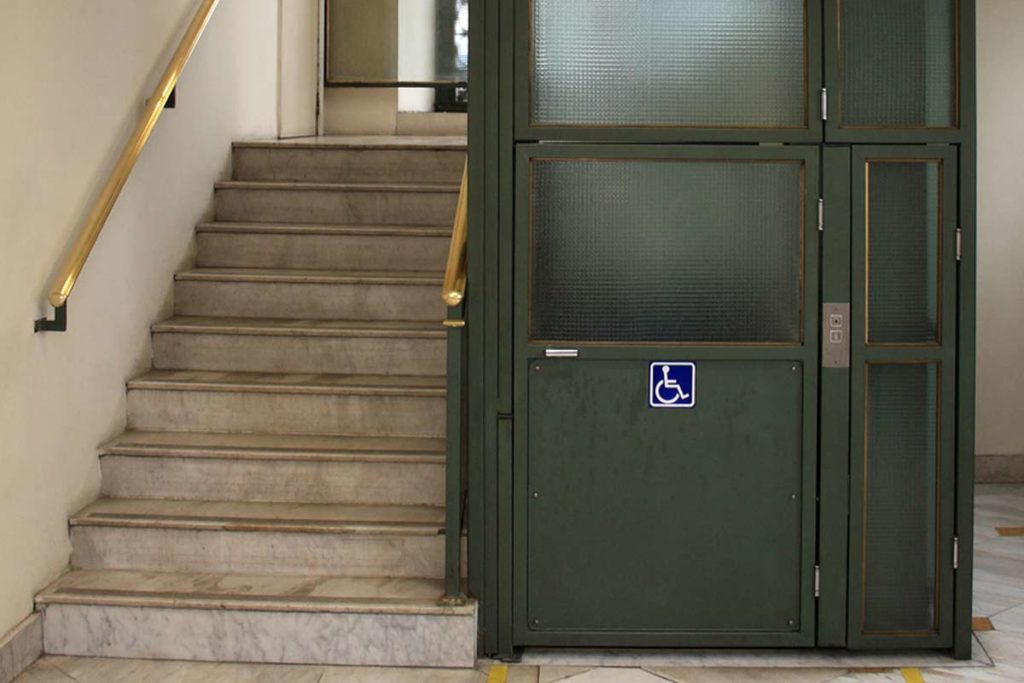
The cost of adding the lift to your home is another critical consideration.
Your Home
You need to consider the overall layout of your home. Is your home big or small? Does the infrastructure in your house support this kind of lift? These are some of the questions that homeowners should ask before fitting any elevator. The cost of adding the lift to your home is another critical consideration.
Ease Of Use
You should choose a lift that is easy to use. The features on it should be easy to understand. Additionally, the elevator should be one that is easy to control. Many seniors may take a while before understanding how to operate some of the more complex lifts.
Types of Residential Elevators for the Elderly
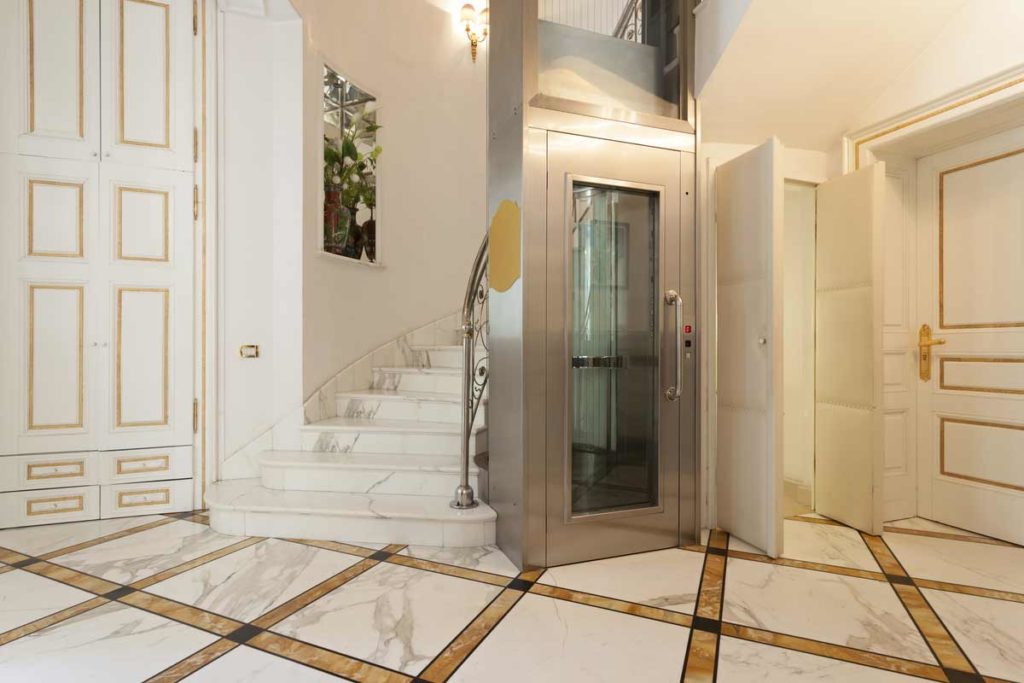
There are two main types of residential elevators namely, electric and mechanical elevators.
The elevators are safe also for use by seniors that rely on walkers for movement.
Electric Elevators
These are further classified into the following:
Eclipse Elevators
Eclipse elevators are for homes with limited spaces. The elevator gives safe and easy access to all corners of your home. It is perfect for wheelchairs of all sizes, mobility aids, and walkers. Installing the elevator can also be seen as a good investment idea since houses fitted with the elevator stand out most to potential home buyers.
Hydraulic Elevators
The hydraulic elevator is typical of a lot of residences housing the elderly. It is best suited for emergencies since it has its own machine room in the basement. This machine room forms part of the house’s foundation. The fact that you can lower the elevator by hand makes it even safer to use.
The Electric Elevator
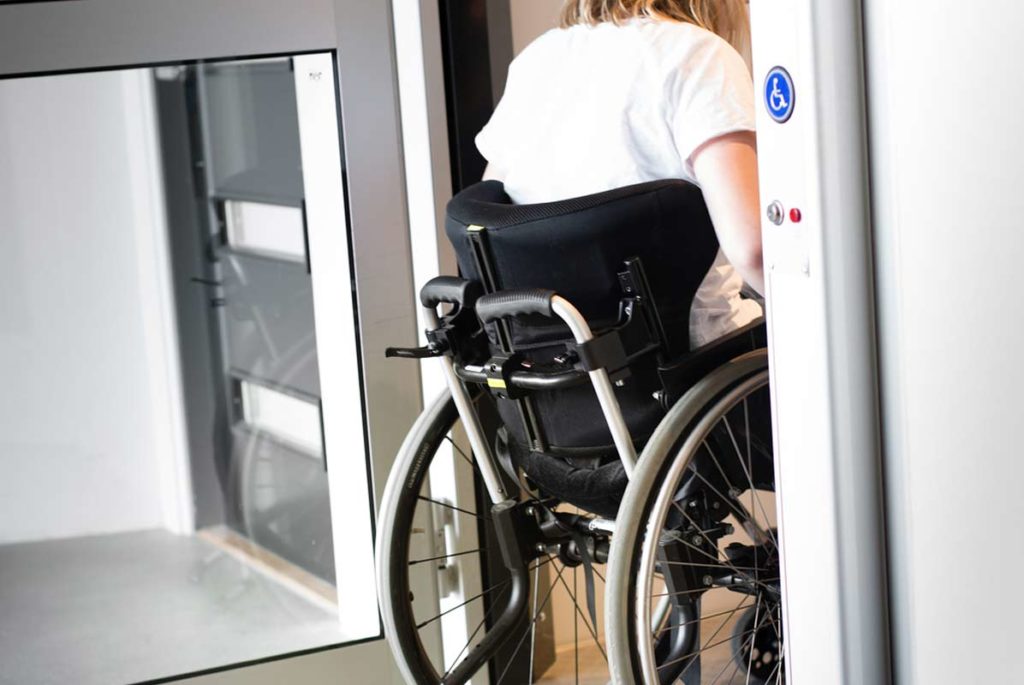
The elevator operates on a counterweight that balances the cab in the shaft. The suspension, however, makes the elderly even more vulnerable. It is because the system does not run on oil. Those living in areas prone to natural calamities such as earthquakes should consider other elevator options.
The Pneumatic Lift
Unlike the hydraulic elevator, this one does not have a machine room. It instead has a pneumatic vacuum room making its cost of installation much less. However, the elevator only has a holding capacity of one or two individuals.
Overhead Winding Room
The elevator is a common choice for ‘green’ lifts. This is because it does not use oil. The Overhead Winding Room like the pneumatic lift does not have a machine room. Since the cab is fitted on roofs, it does not depend on counterweight for movement. Elevators that do not rely on counterweight for movement are considered safe for use.
Mechanical Elevators
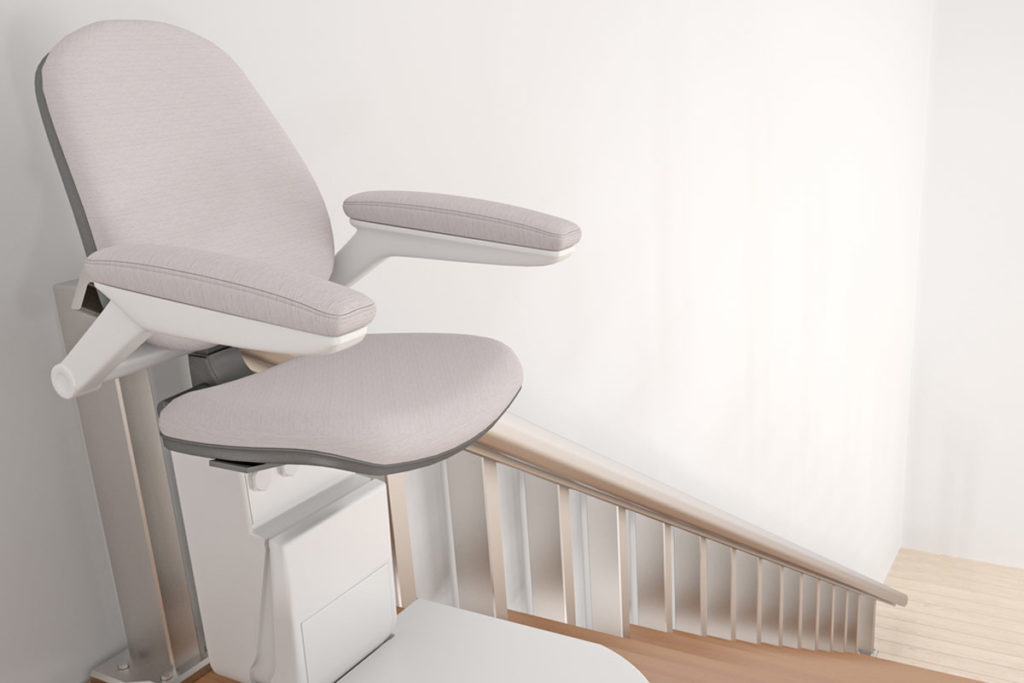
The Chairlift
The chairlift is the most common elevator in households with the elderly. The automatic lift is perfect for multiple level houses. It allows older people to be securely lifted up and down staircases, preventing them from falls that may cause injuries.
The lift is attached to the lowermost part of a stairwell and lets the elderly sit on a comfortable chair as they are taken up and down the stairs.
One of the cons of the chairlift is that it can at times be too heavy for narrow stairways. This disadvantage is, however, overshadowed by the fact that the lift is a great time saver and an excellent option for movement of the old.
The lift is perfect for seniors who might find it challenging to transfer themselves from their wheelchairs to the chair of a chairlift.
Wheelchair Stair Lift
One in five elderly people experience mobility problems. This results in most being confined in wheelchairs. The wheelchair stair lift is, in so many ways, similar to the chairlift. The wheelchair lift, however, differs from the latter in that instead of a chair platform, it has a wheelchair platform.
It is impossible for the elderly to move up and down staircases with their wheelchairs, but, the wheelchair stair lift makes this possible.
Additionally, the lift is perfect for seniors who might find it challenging to transfer themselves from their wheelchairs to the chair of a chairlift. The lift also eases caregivers of the responsibility of having to carry the chairs up and down stairways.
Personal Elevators
Senior care facilities should provide movement options for those that are either disabled or those who, due to old age, find it difficult to move freely around the center. Personal elevators are a perfect fit for homes with many stairs and those that are two or more stories tall. Contrary to popular belief, installing the lift is not costly. The personal conveyors can also be installed in already existing premises.
The elevators are safe also for use by seniors that rely on walkers for movement.
The Wheelchair Platform Elevator
Taking our seniors for outdoor strolls is beneficial to their health and peace of mind. This might, however, be a little difficult for those who are confined to wheelchairs. The wheelchair platform elevator helps fix this.
All your loved one needs to do is to roll their chair onto the platform of the elevator and then press a button that allows them to move up and down to their sidewalks or porches.
The Ceiling Lift
Getting in and out of bed is particularly tricky for seniors confined to wheelchairs. The ceiling lift is perfect for those who find it challenging to move from their wheelchairs to the bed. The elevators are usually fitted in one room; in this case, the bedrooms. Installing a ceiling lift for those that are experiencing limited or zero mobility is a great idea.
Portable Hoyer Lift
The Portable Hoyer Lift helps ease the transfer of wheelchair-confined seniors from their sofas, beds, and commodes. The lifts are fitted with wheels making it easy for you to move them from one point of the house to the other.
The Pool Lift
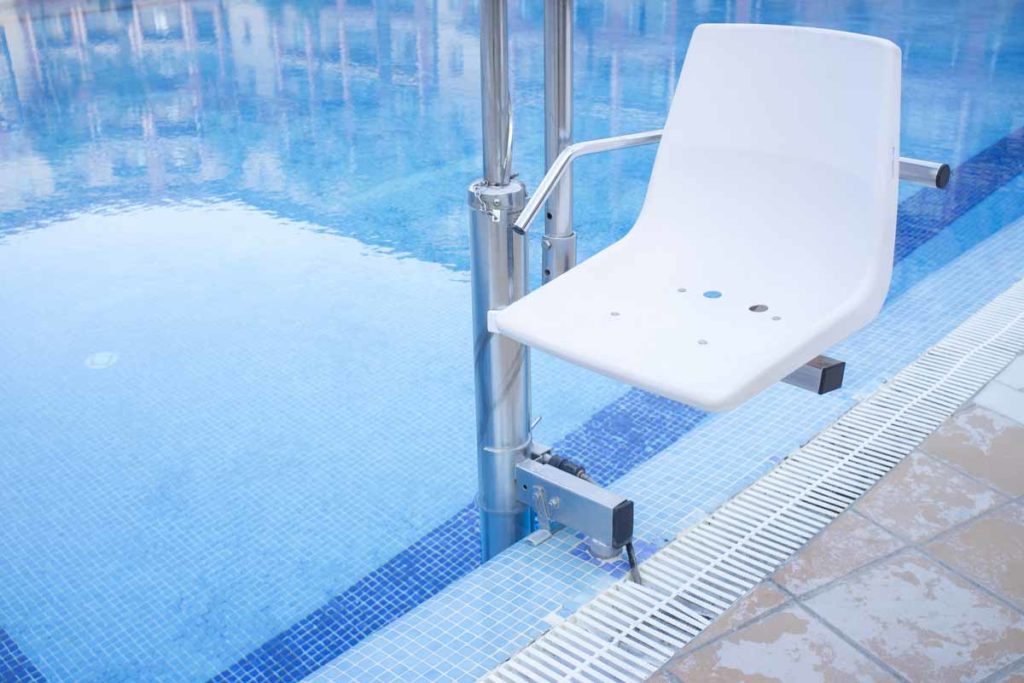
This lift is for those seniors that enjoy spending time in their home pools. The pool lift is so much like the chairlift. The only difference is that it is made from water-resistant material. The elevator has a chair that allows the transfer of your loved one to the pool.
The Dumbwaiter
This is a small manual elevator that allows the elderly to transfer their laundry, prepare meals, and move weighty items up and down stairways. The dumbwaiter is ideal for those who find it difficult to climb up staircases or those that always need to move objects from one house floor to the other.
The Bathtub Lift
The bathtub lift is a battery-operated elevator that makes it easy for caregivers to move the elderly in and out of bathtubs. The lift can lower them to the surface of the tub and then lift them up to the rim of the tub. The elevator can be moved when other family members are in need of the tub.
Conclusion
Easy to control, comfortable and secure, these are characteristics that every good elevator should have. The elevator you choose to install should be one that is sensitive individual considerations. For example, it is not advisable to install the pneumatic lift in a house that has an older person, who needs constant supervision.
Do you want to cite this page? Use our ready-made cite template.
